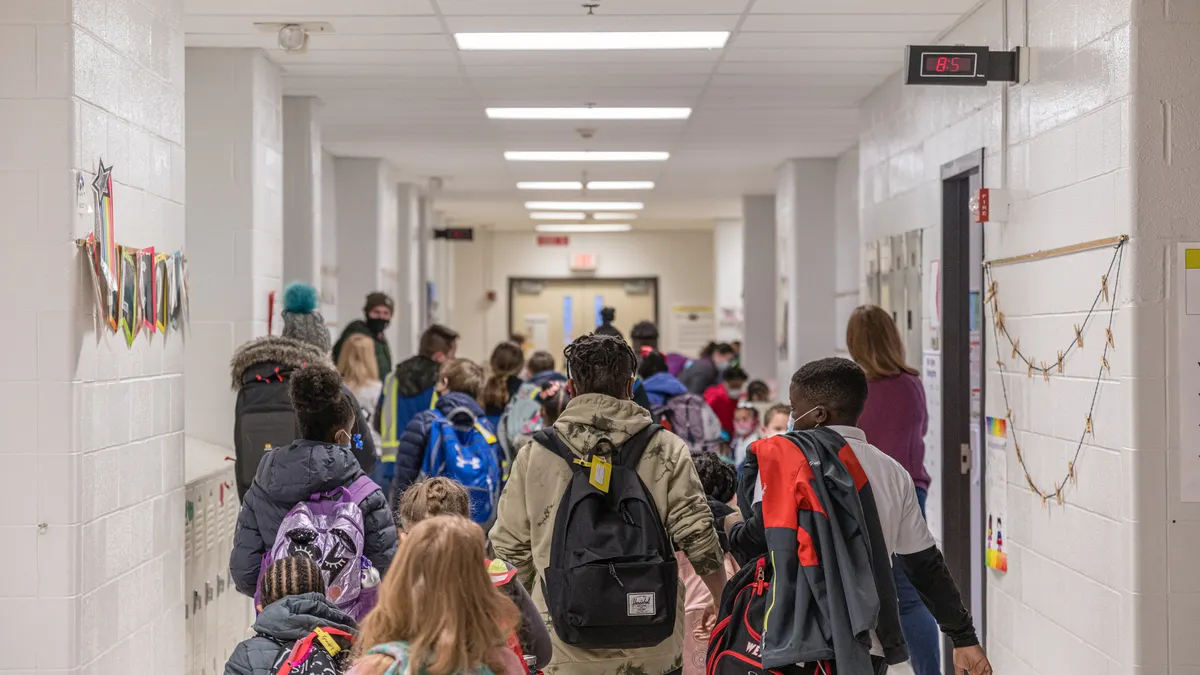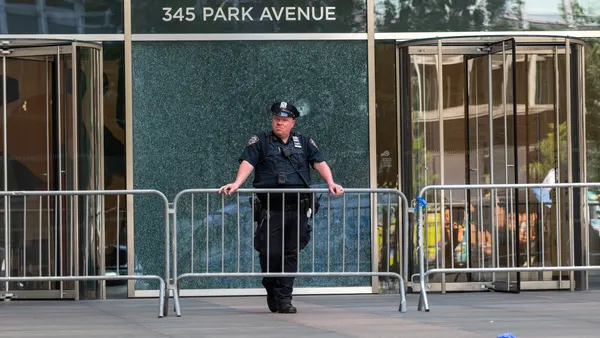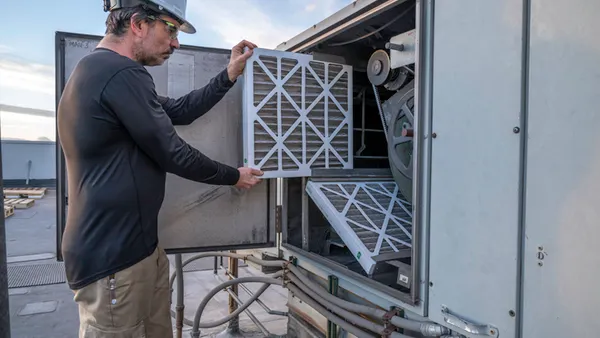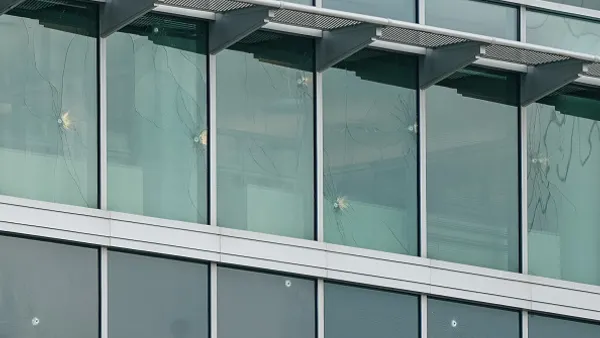The American Lung Association is urging K-12 schools to prioritize indoor air quality and to test for radon, the second-leading cause of lung cancer in the U.S.
The naturally occurring, odorless, tasteless and colorless radioactive gas can accumulate indoors, entering through cracks in floors, walls and foundations. The only way to determine if a facility has elevated radon levels is through testing, according to the organization. “There is no known safe level of radon exposure,” it says.
"Radon … can accumulate inside schools without anyone knowing,” Harold Wimmer, president and CEO of the American Lung Association, said in a statement. “The good news is that testing for radon is simple and affordable — and schools can take action to fix the problem if levels are high.”
Young children are especially vulnerable to indoor air pollutants like radon because they spend more time indoors and breathe more air relative to their body size than adults, according to a working paper by the Center on the Developing Child at Harvard University.
ALA recommends short-term, charcoal-based radon test kits. In its announcement, it shares two national standards facility managers can follow:
- The Radon Mitigation Standards for Schools and Large Buildings (RMS-LB 2018), released jointly by the American National Standards Institute and the American Association of Radon Scientists and Technologists. The standards address specialized techniques and quality assurance processes to mitigate radon in buildings with complicated designs and specialized airflow, which is typical of schools.
- The Radon in Schools standards, developed by the U.S. Environmental Protection Agency, recommend that building operators take action if radon levels are at 4.0 picocuries per liter or higher and consider taking action if levels are as low as 2.0 pCi/L.
ALA also recommends a school radon testing guide the Minnesota Department of Health developed.
HVAC status
To assess radon levels during normal conditions, testing must take place while the building’s HVAC system is running, the ALA says in a fact sheet. For the most accurate test results, HVAC maintenance and filter changes must be current, it says.
If testing finds radon levels under 4.0 pCi/L, schools don’t need to test again for five years, according to the ALA fact sheet. But changes that affect the school HVAC system or changes to the building foundation or the surrounding soil could warrant sooner testing because those events can affect radon levels, the organization says.
Many states offer training for school facility managers on how to conduct radon testing, or schools can hire licensed professionals to conduct the tests, according to National Radon Proficiency Program information.
The EPA requires states that are receiving indoor radon grants to maintain and provide the public with a list of radon testing service providers credentialed through their own state programs or through two national radon proficiency programs.











